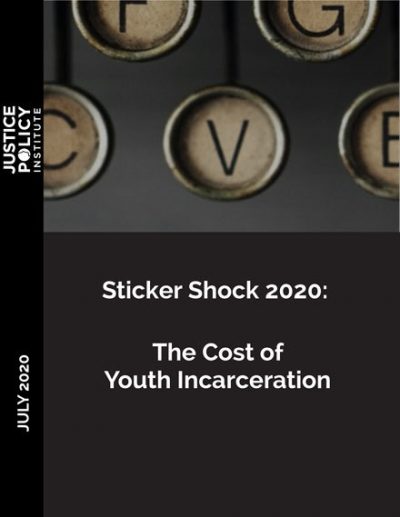Futures deferred
Nearly 40,000 pre-and post-adjudicated youths remain detained or committed in a residential facility, with nearly 60% held for a nonviolent offense.

This brief analyzes the economic costs of youth confinement in the juvenile justice system nationwide and considers its debilitating effects on young people’s present and future well-being. Further, the report presents the case for exploring community-based options for system-involved youth — thus reducing reliance on out-of-home confinement.
The report offers insight into the potential drivers of increased confinement costs — despite significant juvenile justice improvements, including decreases in arrests and declining populations. One such driver of cost is the continued use of harmful practices such as solitary confinement.
While juvenile justice reform packages have contributed to decreased numbers of incarcerated youth, racial disparities persist. Twice as many youth of color are detained and committed as compared to white youth. In addition, changes in release policies in response to COVID-19 have disproportionately benefitted white youth, thereby driving even higher rates of racial disparity. The report makes the case that youth confinement is fueled by racially-biased practices and — as a result — closing facilities is the most effective means of promoting true equity.
The brief concludes by offering practical recommendations for state policymakers to significantly reduce — and eventually eliminate — the use of incarceration in dealing with youth in the juvenile justice system. Policymakers are encouraged to reduce spending on confinement and shift funds to promising community-based alternatives that keep youth close to home and support their educational and personal development. Confinement facilities that remain in operation must improve their treatment of youth in custody. These facilities should reflect the foundational principles rooted in trauma-informed and healing-centered treatment approaches. They should be staffed with well-qualified and supportive personnel who develop partnerships with a youth’s family and community and tailor their programming based on principles of positive youth development.
The costs of youth incarceration — in terms of both state dollars and youth well-being and potential — are enormous. Community-based approaches for addressing youth who break the law make better financial sense, are more racially equitable and are more likely to put youth on course to becoming healthy adults.
We hope you'll find value in this report. We’d love to get a little information from you, which we'll use to notify you about relevant new resources.